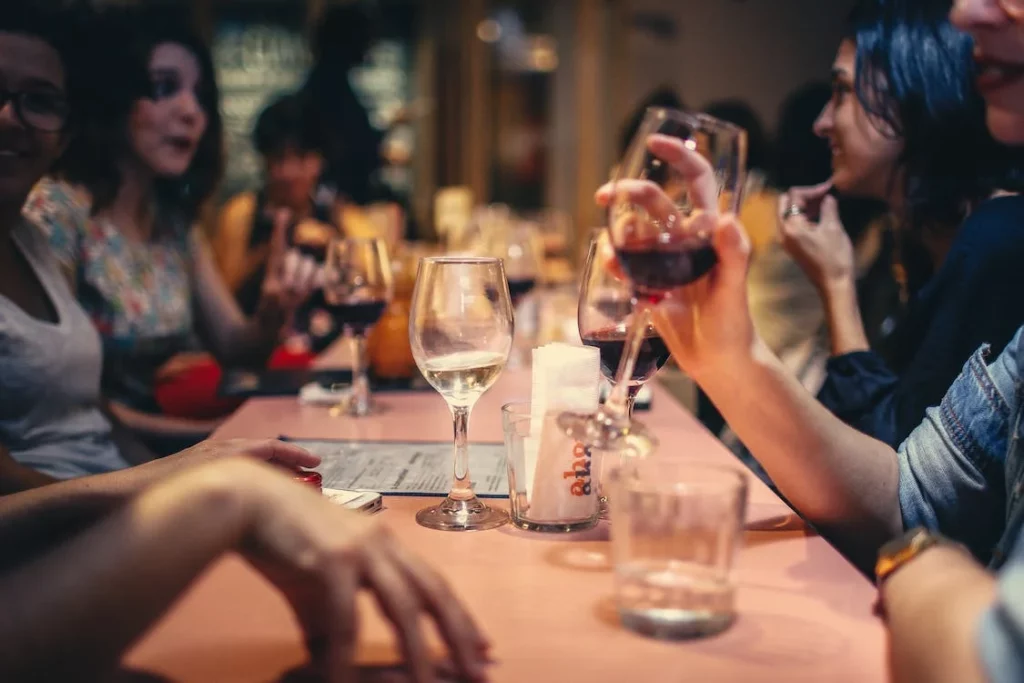In the vibrant world of food blogging, where every bite tells a story, menu planning is the key to creating unforgettable culinary experiences. This article explores the art of menu planning, uncovering the secrets that food enthusiasts can use to curate delightful, well-balanced, and visually stunning menus for their blogs.
I. Understanding Your Culinary Identity:
Menu planning is not just about combining random recipes; it’s about crafting a narrative that reflects your culinary identity. This section encourages food bloggers to delve into their cooking style, preferences, and the essence they want to convey. Whether it’s a focus on comfort food, international cuisines, or health-conscious recipes, understanding your culinary identity lays the foundation for an enticing menu.
II. Balancing Flavors and Textures:
A well-balanced menu is a symphony of flavors and textures. This part of the article explores how bloggers can create harmony by incorporating a variety of tastes, from sweet and savory to spicy and umami. Balancing textures – crisp, creamy, crunchy – adds a tactile element to the dining experience, elevating the overall enjoyment for your audience.
III. Seasonality and Freshness:
Embracing seasonality not only ensures freshness but also adds a dynamic element to your menu. This section emphasizes the importance of incorporating seasonal produce and ingredients, highlighting their peak flavors. A menu that evolves with the seasons not only captivates the taste buds but also keeps your content relevant and timely.
IV. Telling a Visual Story:
In the world of food blogging, visual appeal is paramount. This part of the article explores how bloggers can tell a visual story through their menu planning. From vibrant color palettes to artful plating, creating an aesthetic journey enhances the overall experience for readers. High-quality, mouthwatering visuals are a powerful tool to draw in your audience and make them eager to recreate your dishes.
V. Considering Dietary Preferences:
Diversity in dietary preferences is a reality in the culinary landscape. This section encourages bloggers to cater to a broad audience by including a range of recipes that accommodate various dietary needs. Whether it’s vegetarian, vegan, gluten-free, or low-carb options, a thoughtful menu ensures inclusivity and broadens the appeal of your food blog.
VI. Meal Flow and Timing:
Understanding the flow of a meal and the timing of each dish is crucial for a well-orchestrated culinary experience. This part of the article discusses how bloggers can structure their menus to create a seamless progression from appetizers to main courses and desserts. Considering meal timing enhances the practicality of your recipes and makes them more accessible to your audience.
In the realm of food blogging, menu planning is not just a logistical task; it’s an art form that allows bloggers to curate immersive culinary experiences for their readers. Crafting a menu that reflects your culinary identity, balances flavors, embraces seasonality, tells a visual story, considers dietary preferences, and flows seamlessly is the key to creating a memorable and engaging food blog. By mastering the art of menu planning, food enthusiasts can elevate their blogs to new heights, captivating audiences and inviting them into a world where every recipe tells a delicious story.
